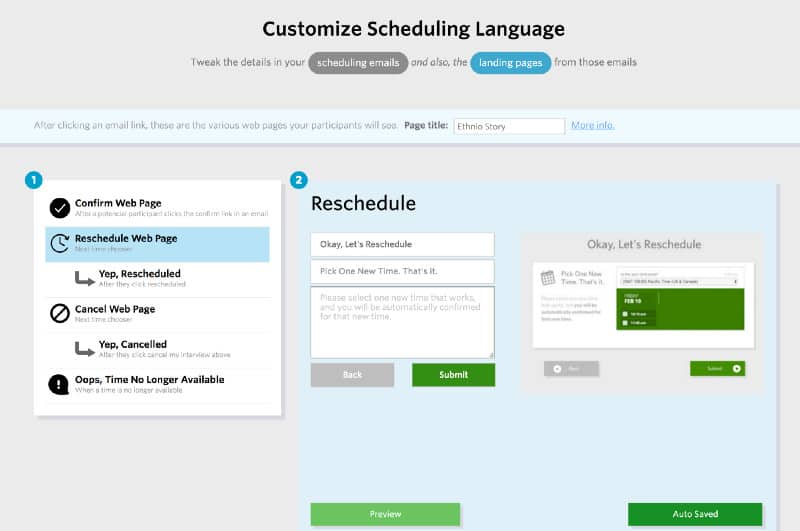Having reliable, go-to digital design thinking tools for every aspect of your design thinking process makes everything better.
You’re about to embark on a new design thinking or innovation project. That first phase of a project can be hectic as you get organized, rally the team, and nail down the project plan. One essential step to ensure a smoother ride? Get your design thinking tools in place from the beginning. What do we mean by design thinking tools? In this instance, we’re not talking about Post-it notes, Sharpies, and whiteboards. In this article, we share our favorite digital design thinking tools. These tried-and-true products and services can make each phase of your project more efficient, more collaborative, and maybe even a little fun.
Read on for the run-down of our favorite digital design thinking tools:
The Scenario: You’re Gathering Inspiration at the Beginning of a Project
What You Need: One, highly-visual place to collaborate with your team on gathering your favorite images and example.
The Solution: InVision Boards
When you start a design thinking project, it usually begins with a discovery or exploration phase. Part of that is scouring the internet to investigate the competitive landscape and to find examples of other companies and brands who are doing exciting things in the space you are exploring. InVision Boards are a great way to quickly make simple mood boards that capture all of your favorite photos, websites, apps, flows, or illustrations.
Cost: With the free plan, you can make up to 3 boards.
“InVision Boards provide a flexible space to tell stories, share files, and collaborate with team members throughout the entire design process.” — from InVision

The Scenario: You’re Brainstorming and Capturing Insights
What You Need: Sticky notes that won’t fall off the wall that you can share with remote colleagues.
The Solution: MURAL
MURAL is a digital whiteboard that you can use to collaborate with your team — in person or remotely. The boards have tons of functionality, but at the simplest level, you can use MURAL’s virtual sticky notes to brainstorm, capture thoughts, and synthesis your ideas. You can use MURAL in many phases of a design thinking project, but it’s especially helpful when you’re capturing notes and takeaways from your user interviews. You can do all of the things you’d do with Post-it notes on the wall — gather, cluster, move and create groups. But, MURAL brings the added benefit of allowing remote colleagues to work on the same board, making cross-office collaboration more effective. MURAL has other cool perks including voting, timers, and commenting features. Fun fact: MURAL is being used by design teams at IBM, USAA, and Intuit.
Cost: Starts at $12/month.

“I needed something to help me collect information in one place so that I could organize my thoughts, but also to share what was inside my head with my team in a space where they could give feedback and we could get things moving.” — Mariano, CEO of MURAL
CHECK IT: Voltage Control has created a custom MURAL template that we use as part of our Design Sprint process. You can read all about it and download it here.
The Scenario: You Need a Quick Way to Make Wireframes
What You Need: A fast, elegant method of making wireframes when you’re not a trained designer.
The Solution: Balsamiq
Even if you’re not a UX designer, design thinking projects often require all team members to come up with ideas, concepts, or prototypes. Translating your thoughts into clear and straightforward wireframes is an effective way to jump-start the design process. Balsamiq is a user-friendly wire-framing tool that anyone can use to transform loose sketches into a digital format that can be shared and collaborated on. Balsamiq’s drag-and-drop features allow you to sketch up your idea, let’s say for that new app, in a flash. The website is also helpful because you can learn interaction design right there so you can grow your skills as you go.
Cost: Starts at $9/month.
“It’s the fastest, most focused low-fidelity wireframing tool in the industry.” — Balsamiq

The Scenario: You’re Recruiting Users for Testing
What You Need: A no-brainer way to find participants for in-person or virtual user testing.
The Solution: Ethn.io
Ethn.io is an efficient way to seek out, screen, schedule, and pay participants for your user testing or customer research. When you need to expand your recruitment pool beyond friends and family, Ethn.io is worth a look. One of our favorite features is that they allow you to get very specific about what kind of people you’re looking for in your research. You can target specific regions and even the type of devices people own. Once you’ve identified your participants, you can schedule them through their handy-dandy auto-scheduling feature. Once your interviews are done, Ethn.io takes care of payment too, even working with global currencies and payment methods like Amazon, Visa, or PayPal. Fun fact: Ethn.io was founded by a former research manager at Facebook, Nate Bolt.
Cost: Starts at $79/month.

The Scenario: You’re Conducting Remote User Interviews
What You Need: A trusty, cost-effective way to conduct virtual user interviews.
The Solution: Zoom
When you’re talking to users remotely, you want to trust that your video conferencing tool will be reliable. The last thing you need is your video cutting in-and-out when you’re in the middle of an interview with a particularly-insightful participant. We’ve had great luck with Zoom for virutal user interviews. Basic personal meetings start for free, so it’s super easy to get started. You can also record your conversations and get transcripts right from Zoom, which is helpful when you need to look back on your interviews for quotes, insights, and data.
Cost: Free for a personal account.

The Scenario: You’re Taking Notes During User Interviews
What You Need: An organized method of capturing notes from multiple people during user interviews.
The Solution: The Voltage Control Sprint Scorecard
One of the things we do at Voltage Control is run Design Sprints for organizations. One of the things we love to do is continually optimize the Sprint process. The Voltage Control Sprint Scorecard is a tool we created to streamline notetaking and synthesis during user interviews. This simple Google Sheet template allows multiple team members to capture notes during the five user interviews on the final day of a Design Sprint. We were inspired to create this tool after struggling to sort through mountains of Post-its one too many times. With Google Sheets, you start with digital notes, so you don’t have to type up a bunch of handwritten notes later. The Scorecard also generates data visualizations so you can get a quick snapshot of how participants responded to your prototype and answered key questions.
Cost: Free. Read about and download here.

What are your favorite digital design thinking tools?
This list of design thinking tools highlights just some of the many that are out there. Let us know what tools you like to use during your projects. And, if you need a collaborator on your next design thinking project, give us a shout. Voltage Control facilitates events of all kinds, including design thinking workshops, innovation sessions, and Design Sprints. Please reach out to us at info@voltagecontrol.co for a consultation.



